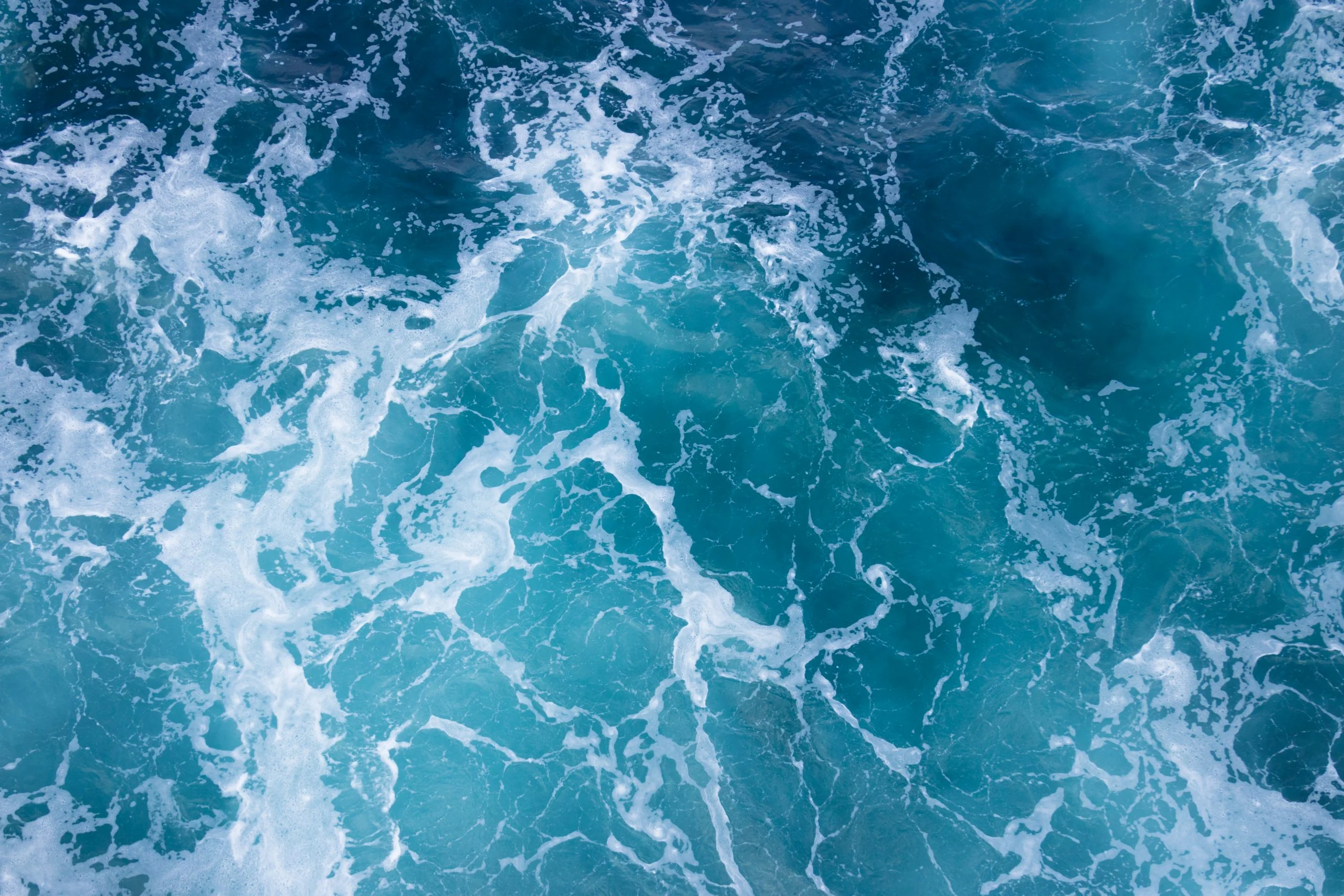What Causes the Ocean to Appear Blue in Color?
The ocean is often described as being a deep, rich blue in color, and this is due to the way that light interacts with the water. When light from the sun hits the ocean, it is absorbed by the water, and different wavelengths of light are absorbed at different rates.
One of the main reasons that the ocean appears blue is because blue light has a shorter wavelength and is absorbed less than other colors. When sunlight hits the ocean, the water absorbs the red, orange, and yellow wavelengths of light, leaving the blue wavelengths to be scattered throughout the water. This scattering causes the water to appear blue to our eyes.
In addition to the scattering of blue light, the ocean also appears blue because of the way that light travels through the water. When light enters the ocean, it travels through the top layers of water and becomes absorbed by the deeper layers. As the light travels deeper into the water, it becomes more blue due to the absorption of the other wavelengths. This is known as the "Tyndall effect," and it contributes to the blue appearance of the ocean.
Another factor that can affect the color of the ocean is the presence of phytoplankton, which are tiny marine organisms that live in the surface layers of the ocean. Phytoplankton absorb light and can give the water a greenish hue, especially in areas where there are high concentrations of these organisms.
Overall, the ocean appears blue in color due to the way that light is absorbed and scattered by the water, as well as the Tyndall effect and the presence of phytoplankton. While the exact shade of blue may vary depending on the conditions, the ocean is generally a beautiful, deep blue that has captivated humans for centuries.





